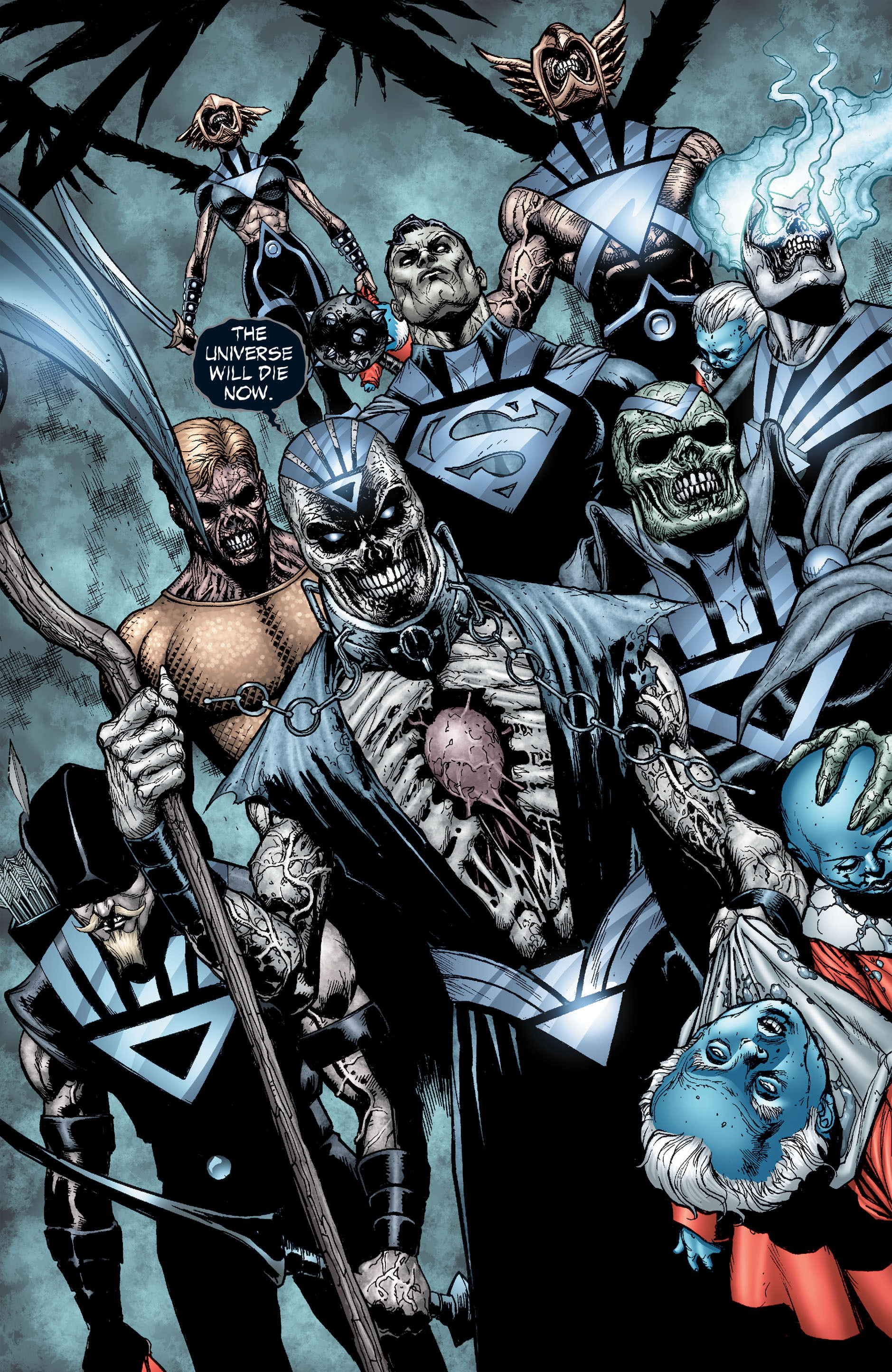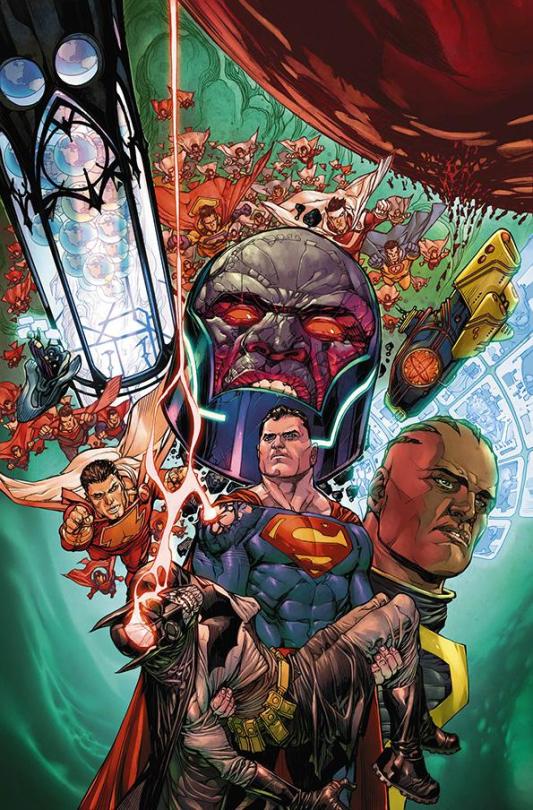 |
| Oh, look, it's Slipknot |
Blackest Night is written by DC Comics nu-legend Geoff Johns. He's pretty overrated in my opinion, but regardless, the guy is hugely prolific and has completely changed the DC Universe's status quo more times than I've changed shirts. Johns loves Green Lantern. He invented the majority of the modern mythos surrounding the character, even reviving Hal Jordan, the most iconic version of the character, from death-by-turning-evil.
One notable element added to the character's lore by Johns was the concept of corps of cosmic heroes wielding rings of other colours. Each colour is similarly connected to an emotion or broad concept: Willpower for Green, Fear for Yellow, Greed for Orange, Rage for Red, etc.
How, you might be asking, does this connect to Zombies?
Well, Green Lantern's classic oath, predating Johns, begins "
In Brightest Day, In Blackest Night...". As such, Johns interpreted what that Blackest Night might mean. For him, it meant a weird skull-alien named Nekron and his servant Black Hand (a necrophiliac serial killer) reviving all the dead DC heroes.
At this point, DC's heroes had just undergone the Final Crisis, a massive cosmic battle recounted in the much-better-than-
Blackest-Night comic book
Final Crisis.
 |
| God, Final Crisis kicks ass |
Basically, everyone died in
Final Crisis. Martian Manhunter. Jack Kirby's New Gods. BATMAN. The DC universe was losing heroes faster than Marvel loses readers. Nekron, being the big evil space bastard he is, decided to make a Black Lantern Corps and revive them all, as well as the deceased loved ones of any living heroes, as undead destroyers with which to eliminate all life in the universe.
Oh, that Nekron! Always getting up to mischief.
Included in Necron's ever-growing legion of Black Lanterns were Aquaman, his murdered infant son, the Golden Age Superman, Elongated Man, Terra, Hawkman, and Bruce Wayne (or, actually a clone of him. Spoilers: Batman was actually not dead and was just time travelling with amnesia. Because why the hell not) and many, many more.
Nekron even figures out how to possess formerly-dead superheroes like Superman, Wonder Woman, and Green Arrow.
This is, by my standards, a zombie story. These Black Lanterns are evil, rotting monstrosities. Sure, they don't eat people, but they do brutally murder them and bring them back as Black Lanterns, resulting in a very unique form of infection.
 |
| I agree, Deathstorm, this is a pretty Radical image. |
Of course, they rude undead dudes don't win. The Lanterns of every colour combine their powers Captain Planet-style and get White Lantern Energy, which is pure life power, and Green Lantern's nemesis Sinestro decides to pivot his career plans 180 and become the Champion of Life, wielding the White Lantern Ring and defeating Nekron and his allies. As he dies, Nekron argues that life has no meaning, just to let you know that he's a nihilistic bad boy. The heroes tell him that "We Give Life Meaning". Also, this somehow brings back a bunch of the dead superheroes but for real this time, which is very convenient.
Blackest Night is no masterpiece, but it is a piece of fun superhero horror fiction. It also has some fake-deep "philosophical" messages, a tradition Johns continues with Doomsday Clock, his piece of published Watchmen crossover fanfic which has been condemned by both guys who made Watchmen, so that's a thing.
Part One of my look at Superhero Zombie comics. Next time, we'll look at Marvel's take on the idea, and investigate why exactly this genre mash-up is so cool.























